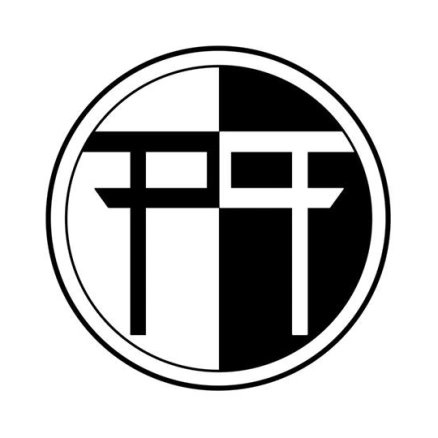When you first start Kendo you may be a bit daunted by all the Japanese commands or names for things. Below is a list and a brief explanation of the main words and phrases used in Kendo.
If you have read the Kendo course page and don’t understand the drills this should help, or just can’t make out the words that are being shouted in the dojo? Don’t panic, everyone will learn the words very quickly and our coaches are on hand the help.
The Basics
Sensei – Teacher.
Dojo – The practice hall.
Shinai – Bamboo sword.
Bokken / Bokuto – Wooden sword used for Kendo-no-Kata.
Kihon – Kendo Basics (fundamental drills, for example a cut to the head ‘Men’ is a Kihon drill).
Kata – Pre-arranged fighting sequences used to teach the basics of Kendo, Consisting of two partners.
Uchidachi – The teacher (senior) partner in Kendo Kata.
Shidachi – The junior partner in Kendo Kata.
Bogu – Kendo armour.
Hakama – Traditional pleated trousers worn in Kendo.
Keiko-Gi – Heavy duty martial arts jacket.
Men – The head.
Kote – The wrist.
Do – The body (breast plate).
Tsuki – The throat.
Ki-Ken-Tai Ichi – The harmony of the three crucial elements to a Kendo cut or strike. Ki = the spirit (Shout), Ken = the sword (strike), Tai = the body (Stamp). All of these elements must be executed at once in order for a Kendo strike to be valid. Lit. the spirit, the sword, the body, as one.
Ashi Sabaki – Footwork.
Fumikomi – The stamp on the floor at the moment of a strike.
Shiai – Competition (tournaments).
Keiko – Practice.
Before and after the Practice.
Seiza – Traditional kneeling, the form of sitting in Kendo.
Mokuso – The call for meditation before and after practice.
Mokuso yamae – The call for the end of meditation before and after practice.
Rei – A bow, this can be performed standing or sitting.
Shinzeni rei – Turning and bowing to the teacher (Sensei).
Kamazani rei – Turning and bowing to the Kendo shrine at the end of the hall.
Sonkyo – Traditional start to a fight or drill, kneeling or more commonly squatting.
Osame toh – Putting away of the sword after a practice or drill, performed whilst in Sonkyo position.
During the practice (Drills and exercises)
Suburi – lit. to swing, practise cuts done in the air against an invisible opponent.
Men Uchi – Strikes to the partners head.
Kote Uchi – Strikes to the partners wrist.
Do Uchi – Strikes to the partners body.
Tsuki Uchi – Thrusts to the partners throat (advanced levels only).
Kiri-kaeshi – A continuous cutting exercise. Consisting of one straight cut to the middle of the head, followed by a body check (Taiatari), finished with a pattern of four forward cuts to the left and right sides of the head and five backward cuts to the left and right sides of the head. Repeated twice, then finished by a single strike to the middle of the head. This is a major warm up exercise in Kendo.
Uchikomi Geiko – A drill where a senior grade stands and receives cuts from an attacking junior grade. The senior presents openings and targets clearly for the junior to hit.
Kakari Geiko – A drill where a senior grade stands and receives attacks from an attacking junior grade. Similar to Uchikomi Geiko, however in this drill the senior does not present targets. The junior must make their own openings and strikes unassisted.
Jigeiko – Free practice, (sparring) held between two fighters.
Waza Geiko – technique practice, techniques (waza) are dictated by the Sensei.
Shiai Geiko – competition practice.
Advanced terms and names of equipment parts.
Kensen – The tip of the sword.
Monouchi – The cutting edge of a sword.
Tsuba – The thumb guard of the sword.
Tsuka – The handle of the Sword.
Tsuru – The string that holds the Shinai together.
Mengane – the metal face grate of the protective helmet (Men).
San bon shobu – Three point match.
Ippon gachi – One more point.
Arigato Gozaimashita – Thank you very much (polite way to finish a drill or practice).
Onegai Shimasu – Please help me, or please practice with me (polite way to start a drill or practice).
Gomen nasai – Sorry.
Sumimasen – Excuse me.
